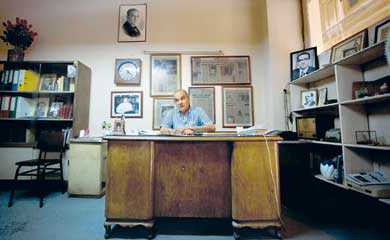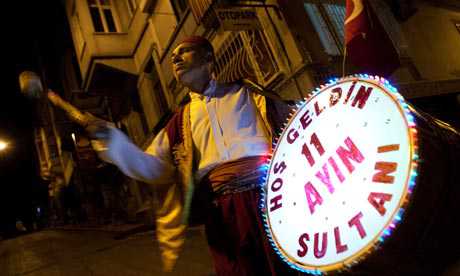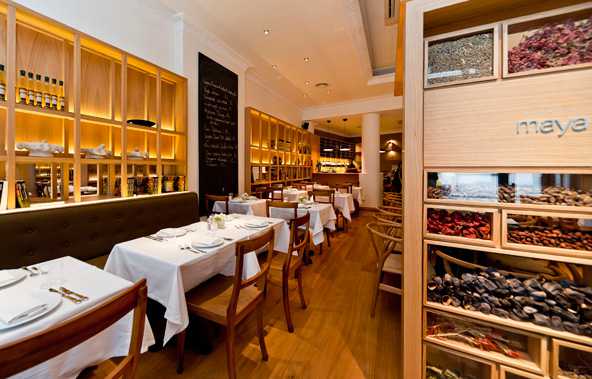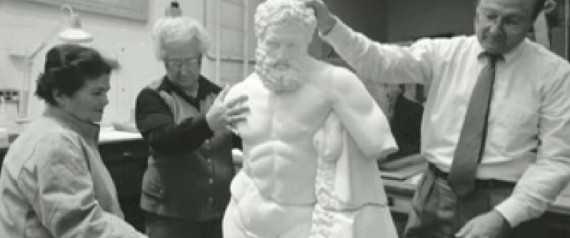By Ioanna Fotiadi
Efe Kerem Sozeri, a 26-year-old Turk currently pursuing a PhD in political science in Amsterdam, is one of a group of young people who helped save Apoyevmatini, a Greek community newspaper in Istanbul.

Sozeri led a campaign to raise awareness about the struggling 87-year-old daily and helped raise support and subscriptions through social networking websites.
A month into the campaign, the group was not only able to raise funds for the newspaper, which has seen advertising and sales plunge due to the Greek financial crisis, but they also raised its profile among intellectuals and other young Turks interested in building bridges with the small Greek community that still remains in Istanbul.
“Mihail is a hero,” said Sozeri of Apoyevmatini’s owner and sole employee Mihail Vasiliadis. “I know how hard it is to be a Greek living in Istanbul, and especially one trying to publish a newspaper.”
The Greek newspaper has been in circulation since 1925. Mihail Vasiliadis and his son, Minas, took over the management of the newspaper in 2002, and until recently printed 600 issues daily (down from 30,000 in its heyday), which are delivered by seven distributors to both the eastern and the western sides of the sprawling metropolis. Apoyevmatini is also sent by e-mail in PDF format to 1,000 readers, while there are others who like to telephone the office to get their daily updates of news.
“The newspaper is a window onto the community,” Haris Theodorelis-Rigas, a PhD candidate at the University of the Bosporus — where Sozeri also did his undergraduate degree — told Kathimerini. “It provides a link between Greeks who live here, as well as a platform for dialogue on issues that concern the community.”
Apoyevmatini has always been tossed about in the storms of history, seeing its circulation dwindle along with the population of Greeks in Turkey. Yet the owners were determined to keep it going and one even went asso far as to sell his own private property in order to do so.
The Greek financial crisis, however, almost dealt Apoyevmatini the fatal blow.
“From January 2011, when almost all of our ads from Greece disappeared,” explained Vasiliadis, “it seemed there was no way out and I had decided to publish the paper until its birthday, on July 12.”
Sozeri heard about Apoyevmatini’s troubles during a conference in June, when Vasiliadis announced that he would be closing it down in a few weeks’ time.
“I felt sad and also a sense of responsibility for future generations,” Sozeri told Kathimerini. “I know about the persecution suffered by the Greek community and I feel the weight of all these events on my shoulders. I also recognize the cultural contribution of the Greeks,” he said. “Furthermore,” Sozeri added, “as a Turk living abroad, I can see the problems faced by minorities, as well as the importance of them having their own newspaper.”
After hearing Vasiliadis speak, the young Turk initially sent a slew of e-mails to his professors and friends in an effort to drum up some support for Apoyevmatini, later taking his campaign to social networking websites and reaching out to journalists around the world.
“All of the Turkish media had a story about us,” said Vasiliadis. “But we were also contacted by international media, such as Agence France-Presse, Al Jazeera, Deutsche Welle and ZDF, which spread the news.”
Within a few days of the launch of the campaign, Apoyevmatini had 300 new subscribers, some of whom do not even read Greek. In honor of these new subscribers, the July 12 paper circulated for the first time in its history with a title in Turkish.
via ekathimerini.com | A young Turk helps save a Greek community newspaper.





